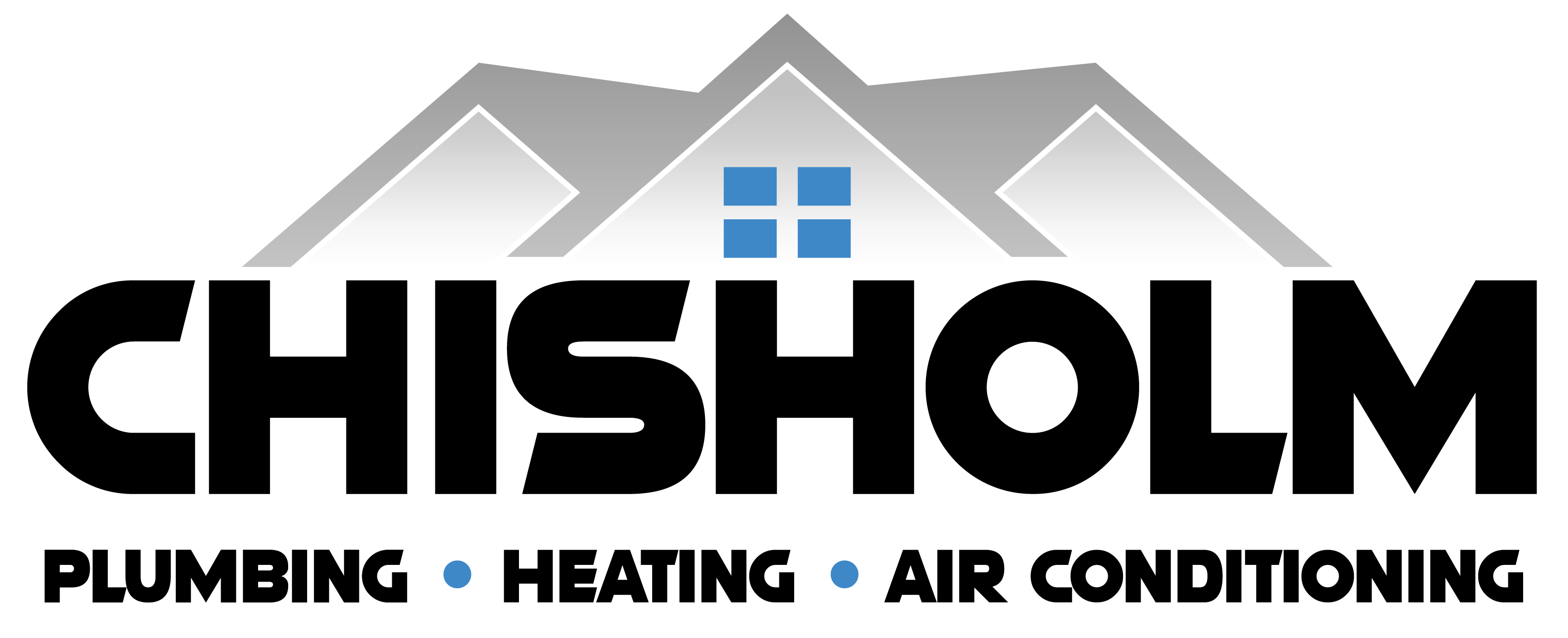If you live in Greenville, Greer, or anywhere in Upstate South Carolina, you know our summers aren’t just hot, they’re sticky. That mix of heat and humidity can make your home feel like a sauna if your air conditioning isn’t set just right.
But here’s the tricky part: the colder you set your thermostat, the more your energy bill climbs. So, how do you find the sweet spot between staying cool and keeping your utility costs in check?
Let’s break down the best temperature for air conditioning in our area, along with practical tips to help you stay comfortable without breaking the bank.
The Recommended AC Temperature
According to the U.S. Department of Energy, the magic number for summer comfort and efficiency is 78°F, at least when you’re home and awake.
Why 78°F? It’s warm enough to reduce the strain on your AC system but cool enough to maintain a comfortable indoor climate. When your thermostat is set too low (say, 70°F or below), your AC runs almost constantly, which:
- Increases energy costs.
- Adds unnecessary wear and tear on the system.
- Can lead to uneven cooling and higher humidity inside.
Here in Greenville, with summer highs often in the 90s and high humidity levels, 78°F might sound a little warm at first. But paired with good airflow and proper dehumidification, it can feel surprisingly comfortable, and it saves money.
Adjusting for Your Comfort & Lifestyle
While 78°F is a great starting point, comfort is personal. Your ideal setting may vary depending on your daily routine and household needs.
During the Day (When You’re Home)
- Start at 78°F and see how it feels.
- Use ceiling fans to circulate cool air, which can make the space feel up to 4°F cooler without lowering the thermostat.
At Night
- Many people prefer cooler sleeping temperatures. Lowering the thermostat by 2–4 degrees at night can help, especially if you sleep better in a cooler room.
- Try 74–76°F for sleeping comfort without excessive energy use.
When You’re Away
- Bump your thermostat up to 85°F to reduce cooling costs.
- If you have pets, avoid going too high, 80–82°F is usually safe for most animals.
Special Considerations
- Seniors, young children, or those with medical conditions may require slightly cooler indoor temperatures for comfort and safety.
- Households with multiple people may need to find a compromise, or make use of zoned cooling if available.
Humidity & Its Role in Comfort
Here in the Upstate, humidity is just as big a factor as heat. Even at 78°F, high humidity can make the air feel warmer and more uncomfortable.
Your AC does more than cool the air, it also removes moisture. However, if your system isn’t working efficiently, you may notice:
- That clammy feeling indoors.
- Condensation on windows.
- A musty odor from excess indoor moisture.
Keeping humidity in the ideal range (between 30%–50%) can make your home feel more comfortable at higher temperatures. If your AC isn’t keeping humidity in check, you may need a maintenance visit from Chisholm to check for refrigerant issues, clogged coils, or airflow problems.
Tips to Stay Comfortable Without Lowering the Temp Too Much
Lowering the thermostat isn’t the only way to cool off. Here are a few ways to enhance comfort without driving up your power bill:
- Use Ceiling and Portable Fans
- Fans create a wind-chill effect, making you feel cooler without actually lowering the air temperature.
- Close Blinds and Curtains During Peak Sun
- Blocking sunlight during the hottest part of the day can keep your home cooler naturally.
- Seal Leaks and Add Insulation
- Keep cool air inside by sealing gaps around windows, doors, and ductwork.
- Schedule Regular AC Maintenance
- A well-tuned system runs more efficiently and keeps humidity under control.
- Cook and Wash Strategically
- Use ovens, dryers, and dishwashers during cooler hours to avoid adding heat indoors.
Smart Thermostats & Energy Savings
If you want the best of both comfort and efficiency, a smart thermostat is worth considering.
These devices let you:
- Program temperature changes automatically.
- Control settings remotely from your phone.
- Learn your habits and adjust temperatures accordingly.
For example, a smart thermostat can keep your home at 85°F while you’re away during the day and start cooling it back down to 78°F before you get home, all without you touching a button.
Chisholm Plumbing, Heating & Air Conditioning can install and set up a smart thermostat that works seamlessly with your AC system, helping you save on your monthly bill without sacrificing comfort.
When to Call an HVAC Professional
If your AC is struggling to keep your home comfortable at a reasonable setting, it’s time to call in the experts.
Signs your system might need attention:
- AC runs constantly but never reaches the set temperature.
- Indoor humidity feels high even when the AC is on.
- Uneven cooling between rooms.
- Unusual noises or weak airflow from vents.
These issues could mean your system needs a tune-up, refrigerant recharge, or even an upgrade to a more efficient unit. Chisholm’s technicians have over 50 years of combined experience serving the Greenville and Greer areas, so we can diagnose and fix the problem quickly.
Bottomline
The best temperature for air conditioning in summer isn’t one-size-fits-all, but 78°F is a great starting point for balancing comfort and savings. Adjust as needed for sleeping, special health needs, and time away from home, and remember that controlling humidity is just as important as lowering the thermostat.
If your AC isn’t keeping you comfortable at a reasonable setting, or you want to upgrade to a smart thermostat for better control, Chisholm Plumbing, Heating & Air Conditioning is here to help.
Stay cool this summer, call Chisholm today at [your phone number] or schedule your service online.
